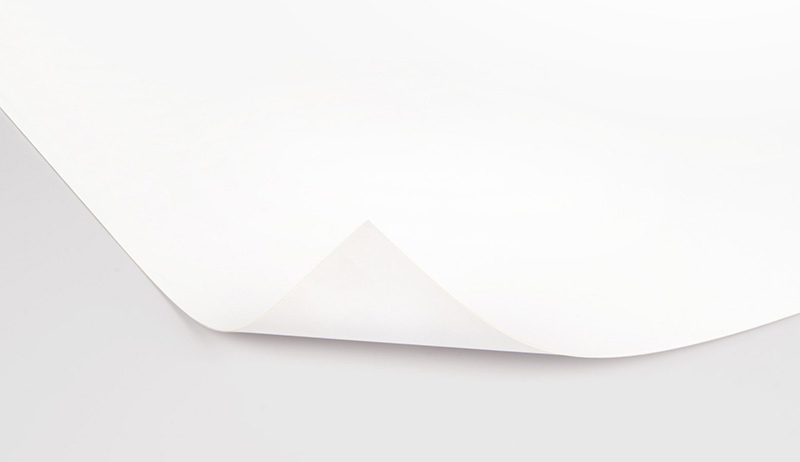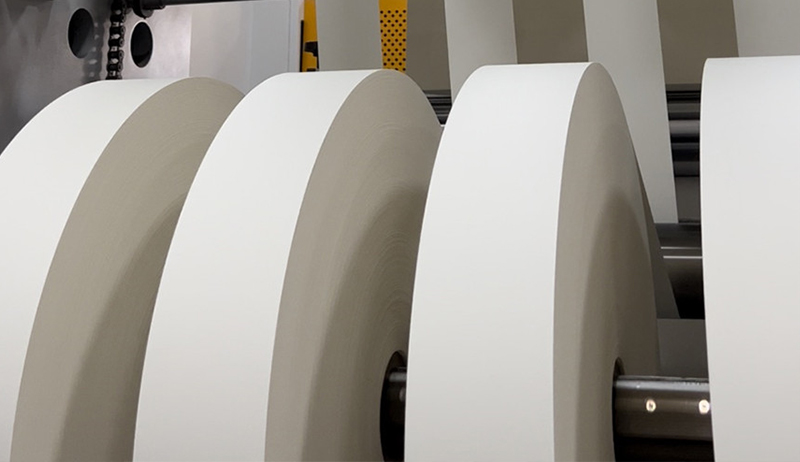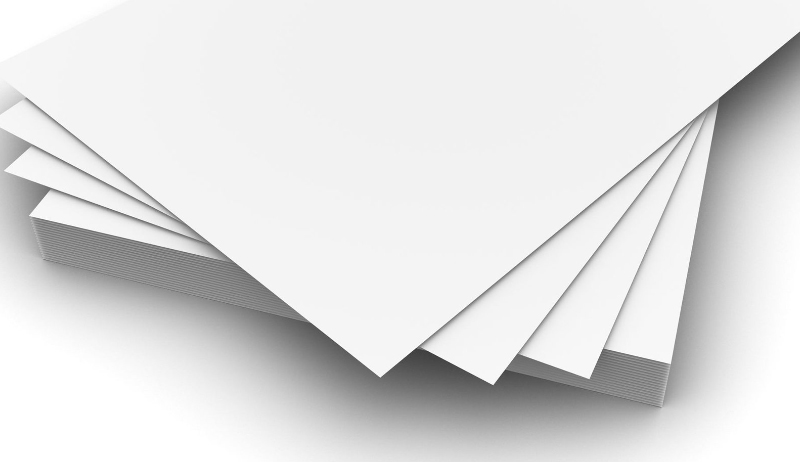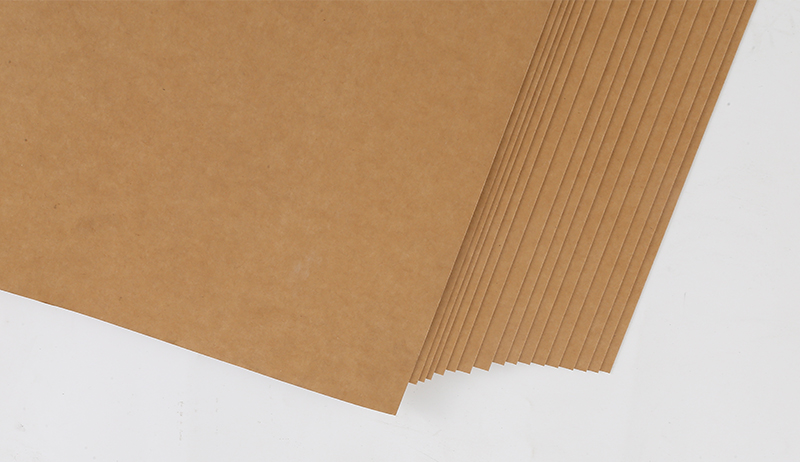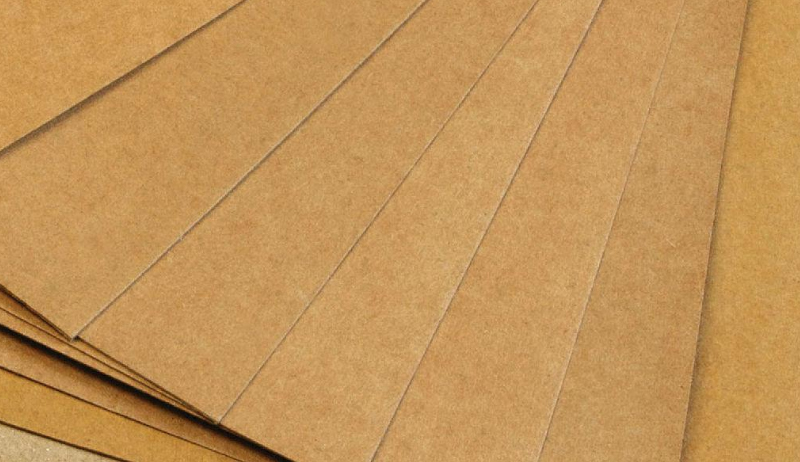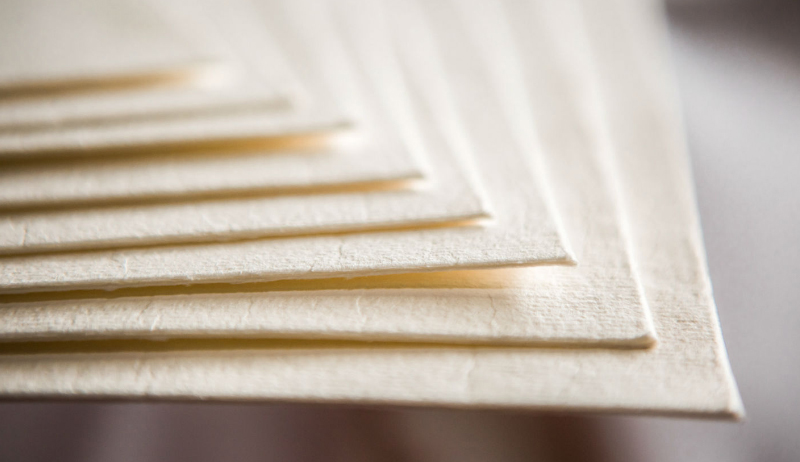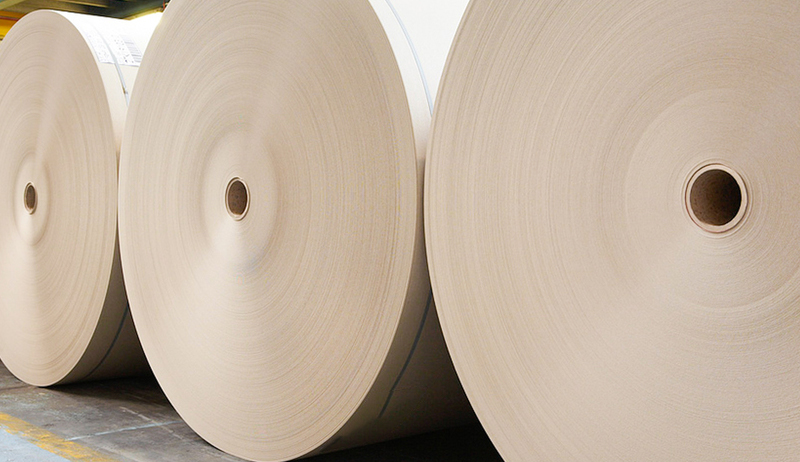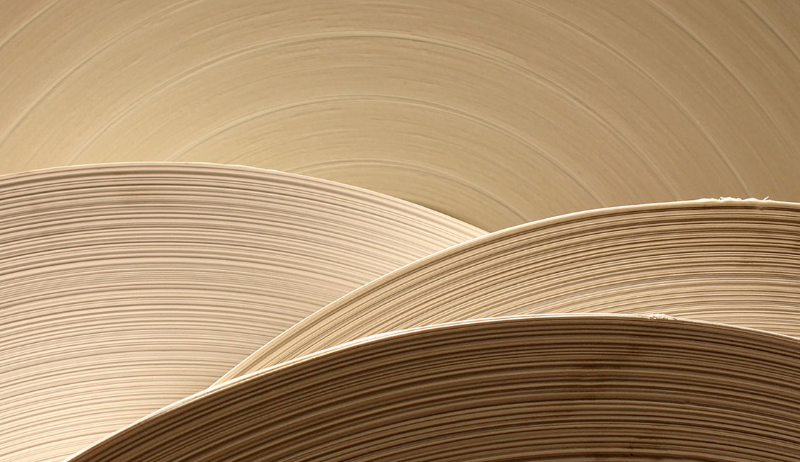Are Your Lunch Boxes and Paper Cups Truly Eco-Friendly?
P+Series PLA Coated Paperboard Paper: A New Horizon for Sustainable Packaging
In an era of heightened environmental consciousness, the global conversation around plastic pollution has reached a fever pitch. We’ve all been forced to re-evaluate the seemingly innocuous single-use items we encounter daily, particularly paper cups and lunch boxes lined with a thin plastic film. While undeniably convenient, these products have long cast a shadow of long-term environmental burden. However, technological innovation has now provided us with a far superior alternative: PLA Coated Paperboard. PLA, or polylactic acid, is a remarkable biodegradable material derived from the starch of renewable plant resources like corn and tapioca. When expertly coated onto paperboard, it seamlessly imbues the material with the essential properties of water and oil resistance, all while preserving the paper’s inherent strength and malleability. Most critically, it possesses the unique ability to fully decompose under specific conditions, ultimately returning to nature without a trace. This groundbreaking material not only caters to our need for convenience but also stands as a testament to our commitment to a healthier planet.
PLA Coated Paperboard: Driving the Sustainable Packaging Trend
The emergence of PLA coated paperboard is a direct response to the intractable challenges associated with recycling and degrading traditional PE (polyethylene) coated paperboard. The conventional method, where the plastic and paper are inextricably bonded, makes separation for recycling prohibitively expensive, leading to the vast majority of these items ending up in landfills or incinerators, causing significant environmental harm. In stark contrast, PLA coated paperboard behaves completely differently. Under industrial composting conditions, it can break down into water and carbon dioxide within a matter of months, leaving behind no harmful residues. This inherent sustainability has made it the darling of the packaging and food service industries. Whether it’s for piping hot coffee cups or takeout containers, using PLA coated paperboard guarantees product performance while simultaneously minimizing environmental impact, truly embodying the spirit of “green” consumption.
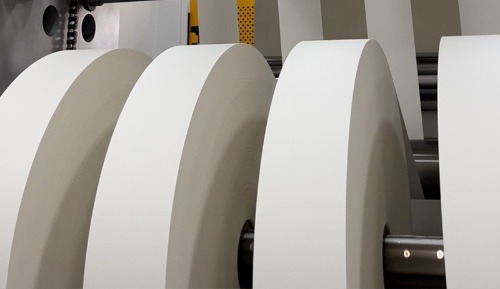
Tailored Solutions: Customization for Diverse Needs
To accommodate the diverse and specific requirements of various products, manufacturers of PLA coated paperboard have developed highly customizable services. Clients have the flexibility to choose between single-sided or double-sided coating, depending on their specific application. For instance, creating a cup for hot beverages typically only requires single-sided coating to prevent leaks, whereas a food container that needs to be both oil and water-resistant would benefit from the comprehensive protection offered by double-sided coating. The finished options are equally versatile. In addition to the common roll stock format, which is perfect for large-scale printing and converting, suppliers can also provide pre-cut flat sheets or fan pieces. The latter, specifically designed for automated cup-making machines, drastically boosts production efficiency. This wide array of choices ensures that PLA coated paperboard can be perfectly adapted to a multitude of production lines and product designs, providing clients with a truly all-encompassing solution.
From Rolls to Finished Products: A Deep Dive into the Production Process
The production of PLA coated paperboard is a sophisticated industrial process that typically begins with large rolls of raw paper. First, through a specialized extrusion coater, PLA granules are melted and uniformly applied to the paperboard surface as an ultra-thin film. This step is pivotal for guaranteeing the paperboard’s water and oil resistance. Once the coating is complete, the massive paper rolls are slit into smaller widths to meet various customer specifications. These rolls are then sent to a printing workshop where environmentally friendly inks are used to apply logos and designs. Subsequently, the printed paper is fed into a cutting machine that precisely die-cuts it into cup blanks or container pieces. These meticulously cut “fan pieces” or flat sheets are then fed into high-speed forming machines, which transform them into exquisitely crafted paper cups, food containers, or other packaging vessels. The entire process is a tightly orchestrated chain, where each step plays a decisive role in the final quality and performance of the product.
Expansive Applications and Future Prospects of PLA Paperboard
As consumer environmental awareness grows and regulations become more stringent, the application of PLA coated paperboard is rapidly expanding. In the food service industry, it is now widely used to create coffee cups, boba tea cups, ice cream containers, and a variety of takeout boxes, providing a responsible alternative for consumers. In the retail and packaging sectors, PLA paperboard is gradually replacing traditional plastic packaging for items such as gift boxes and fast-moving consumer goods. For example, many brands are now using PLA coated paperboard for their eco-friendly shopping bags and packaging. This material not only matches the performance of conventional materials but, more importantly, its “biodegradable” label helps brands cultivate a positive environmental image, winning the loyalty of more consumers. It is safe to say that PLA coated paperboard is poised to play an increasingly vital role in the future market.
Selecting the Right PLA Paperboard Supplier
Choosing a reliable PLA coated paperboard supplier is crucial for ensuring product quality and the stability of your supply chain. An excellent supplier should not only have robust production capabilities to deliver large orders on time but also possess a comprehensive quality control system and relevant environmental certifications, such as those from BPI or DIN CERTCO. These certifications serve as vital proof of the product’s biodegradability. Furthermore, a supplier’s service quality—including technical support, the provision of customized solutions, and timely logistics—is a critical factor in evaluating their overall competence. By carefully vetting and comparing potential partners, you can select a trustworthy collaborator who will help your business stay ahead in a competitive market and jointly contribute to the advancement of environmental protection.


 English
English Español
Español

